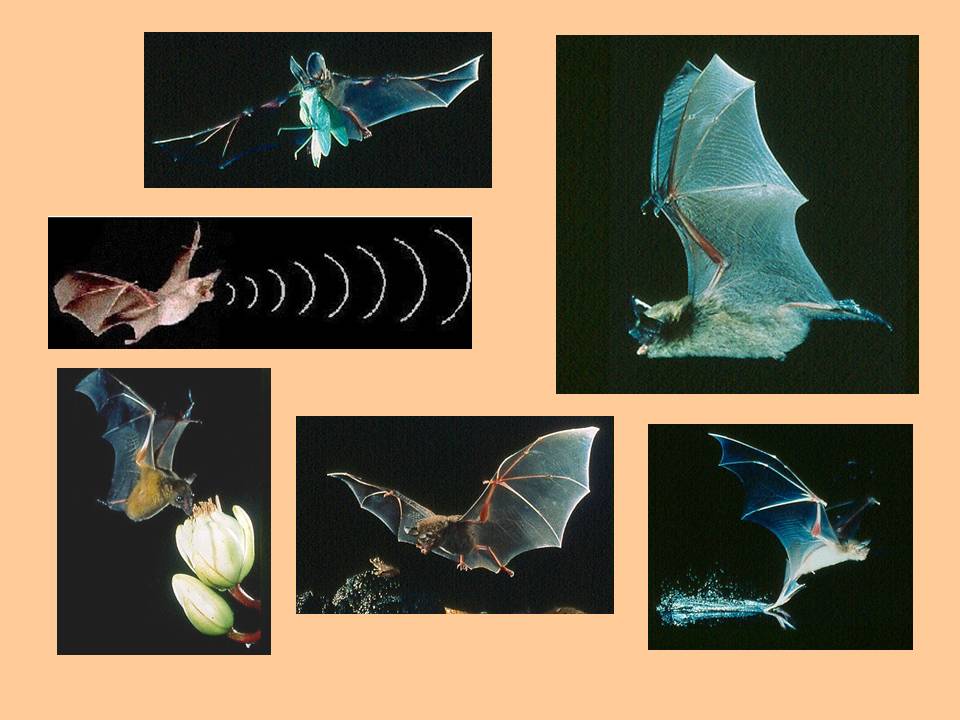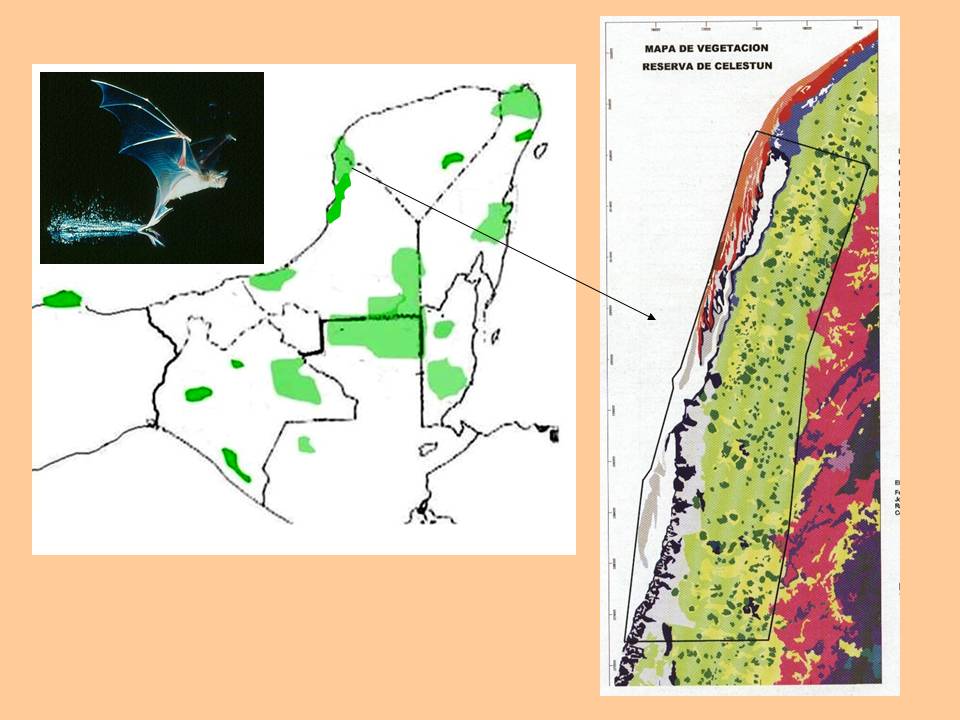|
Bat studies:
conservation research in southern Chiroptera |
Laboratorio de
Primatología
Estación de Biología Tropical Los
Tuxtlas, Instituto de Biología Universidad Nacional Autonoma de Mexico |
Bats are an important group of mammals that share the
forest with non volant mammals such as howler and spider monkeys. In spite of
differences between these two groups of mammals - nocturnal versus
diurnal, volant versus non-volant, indirect interactions occur between these
two groups in the forest canopy. These interaction have to do with the ways in
which these two groups share food resources in the canopy, specifically fruit.
As a result of this, the study of bats species assemblages has been of interest
in our ecological and conservation oriented research in the field station Los
Tuxtlas of UNAM in southeast
|
In tropical
environments bats account for 40-50% of the mammals present in any given
habitat/region. Due to the high
diversity of feeding habitats (based on nectar feeding and fruit-eating, on
hunting insect and vertebrate prey, and on feeding on blood) and their varied
and complex flight patterns of flight, bats play an important role in
ecological processes in tropical forests. For example, they disperse the
seeds of many plant species which are their sources of fruit, favoring their
persistence and contributing to the natural process of forest regeneration. (photos to the right - cortesy of
Bat Conservation Internacional. www.batcon.org
) |
|
|
|
In the last
few decades tropical forests have undergone a rapid process of transformation
in its original distribution in the Neotropics. These changes have been the
result of human activities such as food production, mining, oil exploration,
colonization, and dam building, among others. |
·
The species assemblages are very diverse
·
Populations are relatively numerous
·
They occupy a highly diverse assemblage
of ecological niches and display a high diversity of habits
·
They are sensitive to habitat loss,
habitat fragmentation and habitat degradation by human activity
·
They are relatively easy to sample and
study
|
Tropical forests of Mesoamérica,
including those of southern Three important medium and long-term
effects of forest fragmentation upon animal populations are:
An important research task is to
document how populatiosn and species respond to changes in habitat
availability as a result of human activity, and to design conservation
measures to prevent the above three consequences. |
|
The study of the behavioral and demographic
responses of bats to habitat loss and fragmentation can tell us much about
the plasticity of response of the various species that compose the
assemblages in particular regions or localities. A landscape perspective is
an adequate approach here, as it allows looking at the opportunities for
persistence, or lack of these, bats may have in human modified landscape. Such perspective can help us generate
descriptive and predictive models of changes in the originally forested
landscapes, and how bats may, or may not be, adapting to these. With this information at hand we can
attempt to assess alternatives of land management systems that cold promote
conservation of bat populations and species, while at the same time improving
the local subsystem economies. |
|
|
Our studies are aimed at sampling bat species
assemblages in three landscape scenarios: continuous forest, moderately
fragmented forests and highly fragmented forests. These we have been
investigating in sites in Los Tuxtlas, in Parque Nacional Palenque and in the
In the majority of the cases we sample the
fragmented landscapes adjacent to the continuous forest, while in others we
restrict ourselves to fragmented landscapes - where there is no
continuous forest left. More recently we have become interested in assessing
the value of arboreal agroecosystems found in fragmented landscapes for bat
conservation. Here we are studying bat species assemblages in cacao, coffee,
livefences, allspice, and citrus agroecosystems, among others. |
|
Below we present a general account of the
sampling systems we employed to simple bats. We use mist-nets to determine the
presence of species and ultrasound detectors to measure the activities of bats
in various habitats.
Studies of bats in naturally
fragmented landscapes
While forest fragmentation caused by
human activity takes place on an ecological scale, natural fragmentation has
taken place over geologic time. Hence, bat species existing in these latter
landscapes have developed adjustments and adaptations to existing in a
fragmented environment, without necessarily becoming extinct. Thus study of
bats in naturally fragmented landscapes can help us raise the level of
precision of our interpretations about how bats respond to fragmentation of
their habitat by human activity.
Fortunately for our interests, in
|
For more information regarding this
research program, please visit the site below: http://www.mda.cinvestav.mx/proy_fauna/proyectobats.htm The study is being conducted in two
adjacent reserves, located along the western coast of the The map to the right shows the location
of these reserves and the satellite image shows the boundaries of the
Celestum reserve and the distribution of the forest islands (scattered small
green areas) or petenes immerse in a “sea” of natural savannas. |
|
For more information on the above research projects and results from
these investigation, please access the link “publications” in the
main page of this web site or write to <[email protected]>
copyright@Alejandro Estrada 2006


